While the evolution of all hotel operational technologies has been a fascinating study, the evolution of hotel revenue management systems (RMS) has been particularly interesting, as it has gone through so many distinct and completely different phrases in a relatively short time (approximately the last ten years).
RMS Transformation – From Ledgers to AI Cloud Systems
Through this evolution, revenue management systems have transformed how hotels manage their pricing, availability, and distribution – an operational imperative in today’s highly competitive, dynamic, and complex marketplace.
Let’s look back at the different evolutions of the RMS – from the old school ledgers of the inns of yore to Excel spreadsheets and now to cloud-based AI RMS – to learn how and why the RMS is one of the most integral technologies in a hotel’s tech stack today.
Pre-RMS: Ledgers & Manual Pricing
As long as there have been inns and roadside taverns, a basic form of revenue management is primarily executed using ledgers and manual calculations. Of course, the primary focus (still reflected in modern revenue management) was maintaining accurate records and getting as many heads in beds as possible. This early form of revenue management, if it could even be called that, was rudimentary and primarily reactive, as innkeepers were not actively updating their rates based on market factors or supply and demand.
Hoteliers and innkeepers would manually record bookings, arrivals, and departures in large ledgers, making it a cumbersome and time-consuming process. As with any manual calculations, there was a great deal of room for human error and inefficiencies, which often resulted in a loss in revenue. Back in the day of the ledger, pricing updates were not executed regularly and were not based on any important data sets, so it was not a very effective form of revenue management; the concept of dynamic pricing, which is a cornerstone of modern RMS, was almost non-existent in these early days.
Technology is Born
The invention of computers that could process large(ish) amounts of data in the late 20th century brought significant opportunities for hoteliers’ operational functions. Stand-alone solutions were developed, offering an alternative to the ledgers and manual calculations of the past.
The new solutions could store guest information plus reservation details and execute some basic revenue calculations – but they are nothing like the RMS that we have access to today. They were absolutely an improvement over ledgers, but these systems offered minimal functionality, as they lacked the advanced technology required to optimize pricing and inventory based on market demand. Hoteliers still established revenue management strategies and pricing based on intuition and experience rather than data.
The Rise of Central Reservation Systems
The development of the central reservation system (CRS) in the late 1990s was a turning point in the evolution of hotel revenue management systems (RMS), as it laid the foundation for more sophisticated revenue management tools.
CRS centralized hotels’ inventory and distribution, making it quicker and easier to manage their inventory across their different sales channels. In addition, CRS enabled hotels to integrate with the Global Distribution System (GDS) and Online Travel Agencies (OTAs), expanding their visibility worldwide and allowing them to proactively market and sell their rooms in a way that was never before possible. While CRS are not at all RMS in the modern sense, they ushered in a new technology-forward process of hotel operations, which set the stage for the RMS of the future.
Aviation Industry Revenue Management Takes Off
Surprisingly, the aviation industry’s revenue management solutions greatly influenced hotel revenue management systems. In 1986, American Airlines developed the first airline revenue management system, which introduced the concept of yield management, a predecessor to modern-day revenue management.
Yield management introduced dynamic pricing, which would automatically adapt the price of an airline seat (or a hotel room) based on demand, time until departure, and availability. This practice was a huge step forward from the limitations of fixed pricing, as it enabled airlines to maximize revenue and occupancy by adjusting fares in real time.
Many airline revenue management techniques have been adapted and applied to hotel revenue management, including dynamic pricing, inventory control, demand forecasting, and other strategies. These airline-influenced strategies have enabled hotels to maximize their room rates and occupancy levels and boost overall profitability.
The Birth of Modern RMS
Modern RMS are possible due to advances in data analytics, artificial intelligence, and cloud computing, and are absolute game-changers for hoteliers, as data-driven algorithms enable hotels to proactively price their rooms to ensure the highest occupancy, ADR and RevPAR, as the market changes, in real-time. Modern RMS also offers competitive set analysis, allowing hotels to monitor and react to the pricing strategies of their competitors to use to boost their perceived value with potential guests proactively.
Today’s Revenue Management Systems are seamlessly integrated with various property management systems (PMS), channel managers, and online distribution channels, providing a holistic view of the hotel’s operations – including inventory and pricing across all channels – and enabling the automation of formerly time-consuming manual tasks, freeing up time for strategic planning and for working to improve the guest experience.
The Cloud Revolution
One of the most significant advancements in the recent evolution of hotel RMS is the shift to cloud-based systems, which are now the industry standard. Cloud-based RMS offers significant benefits to hoteliers, including improved accessibility, scalability, and cost-effectiveness.
We saw the value of improved accessibility during the COVID pandemic when hoteliers had to change their operational practices and needed access to their RMS without being physically on-site. Because cloud-based systems can be accessed from anywhere with an internet connection, hoteliers could manage their revenue management even when working from home during lockdown.
Cloud-based systems can easily scale with the size of the hotel or property group. Whether it’s a small boutique hotel or a large hotel chain, cloud-based RMS can adapt to the needs of the business with a much lower cost-to-entry and more cost-effective payment structures; for example, many modern RMS are offered on a subscription-based model, making it more affordable for smaller properties.
The Future of Hotel RMS
As technology advances, hotel RMS are bound to become more sophisticated.
We have already seen how much Artificial Intelligence (AI) and machine learning have changed the revenue management industry, as more and more solutions launch AI-based functionality that was designed to more effectively and accurately manage pricing and distribution – and, in the future, this will continue to be important for hoteliers who are looking for a way to stand out from the crowd online.
As we’ve seen in so many industries, guests seek more personalization in all aspects of their shopping experience, and booking travel is no exception. We anticipate that, over time, RMS will become more adept at personalizing offers and experiences for individual guests, enhancing guest satisfaction and loyalty significantly. As return guests have the lowest acquisition cost, this is an important way for hoteliers to sustain profitability, no matter how the market changes.
As sustainability becomes a much more significant concern for travelers worldwide, future iterations of RMS may incorporate data on eco-friendly practices offered by the property and create new pricing strategies that factor in the property’s sustainability actions. For example, we’ve already seen airlines offer carbon offsets as a form of ancillary revenue, which can be highly effective at attracting eco-conscious consumers; something similar could be implemented for hoteliers.
Future advances could also include integrating blockchain technology to enhance data security and streamline payments in the hospitality industry.
Free Guide: Capture More Revenue with Automated Pricing
This guide will explain the concept, strategies, and benefits of automated hotel pricing. You’ll find everything you need to know whether you own a boutique hotel, inn, or hostel, manage a small hotel group, or oversee a collection of vacation rentals. You will learn why automated pricing is the secret to capturing more bookings, room rates, and daily revenue, even while you sleep – that is if you have time for sleep.
Click here to download the guide “Capture More Revenue with Automated Pricing”.
The evolution of hotel RMS has come a long way from the days of manual ledgers to the modern, cloud-based systems that are now operational imperatives for today’s hoteliers. These systems have revolutionized how hotels manage their pricing, availability, and distribution, maximizing revenue, optimizing operational efficiency, and providing a better guest experience. As technology advances, we can expect even more sophisticated and personalized RMS solutions to continue to shape the industry’s future.

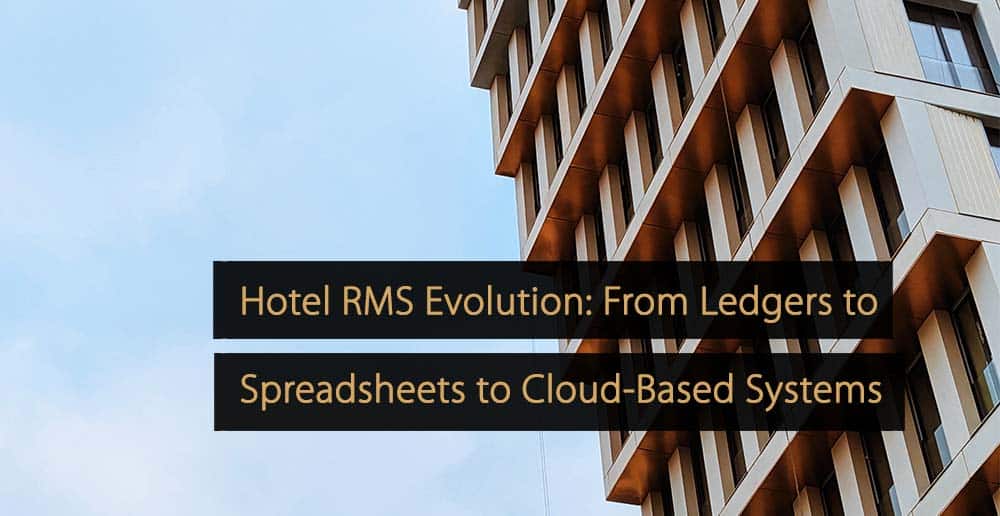
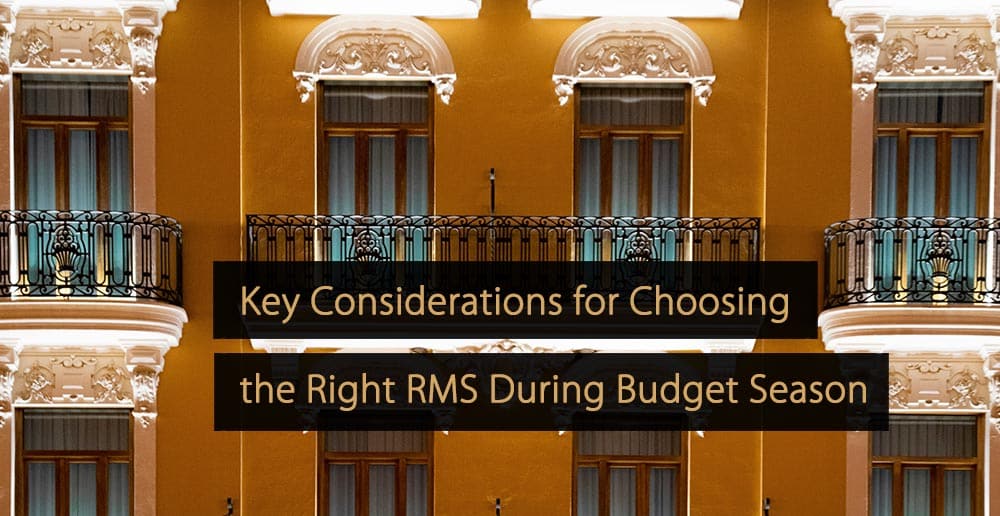
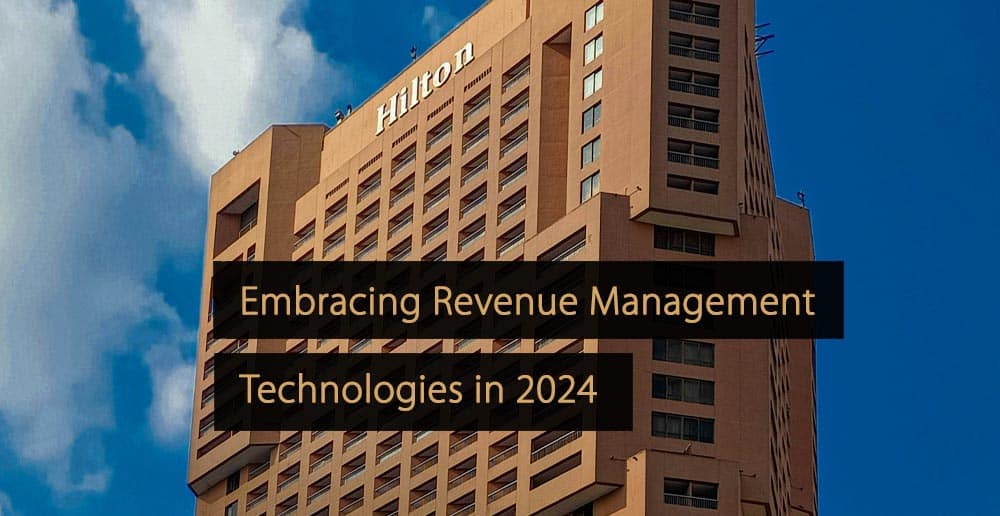
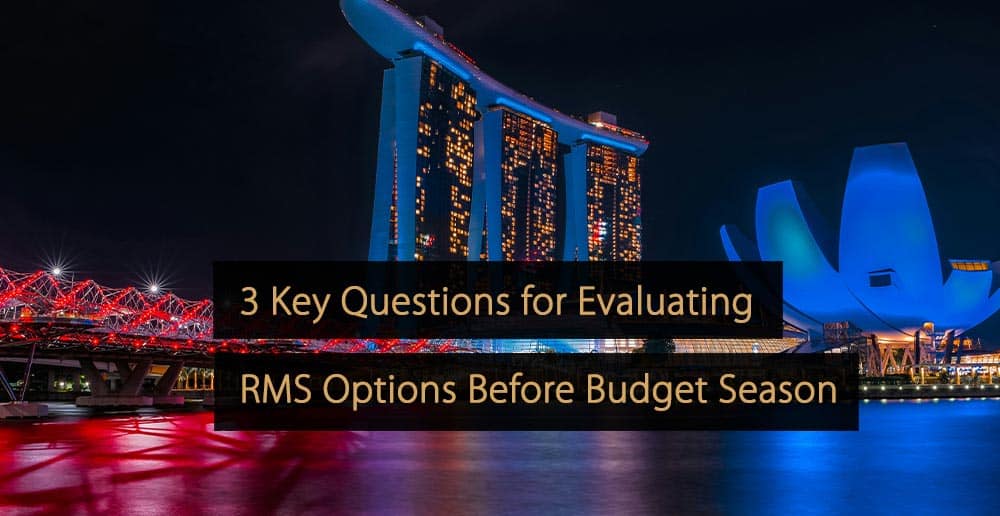
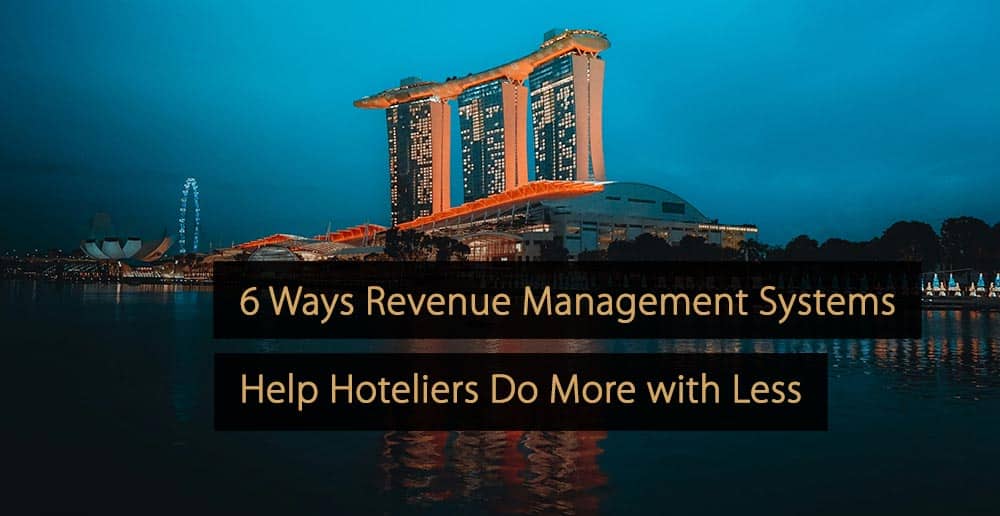


Leave A Comment